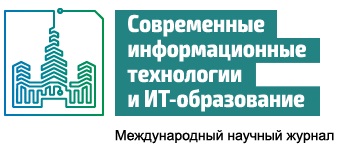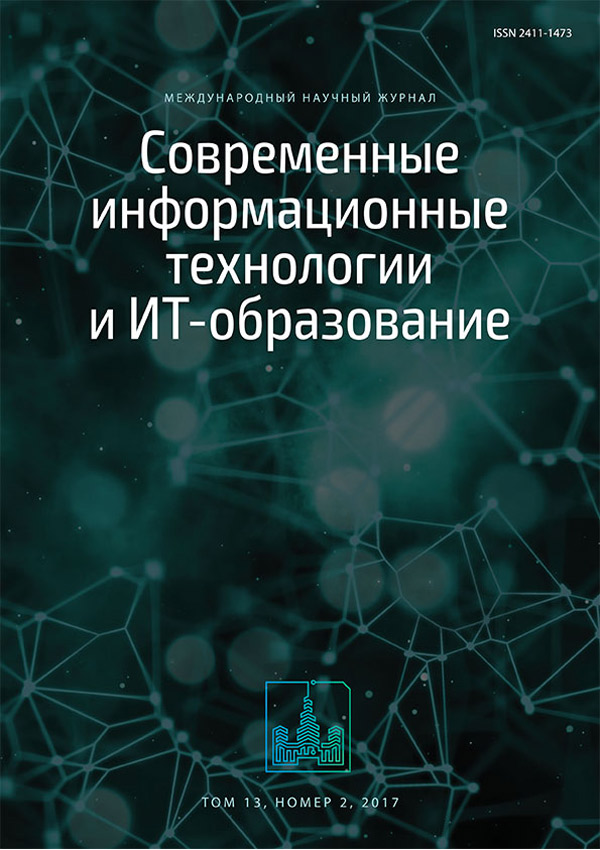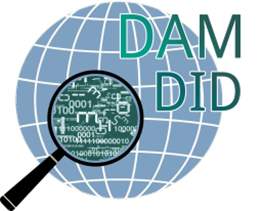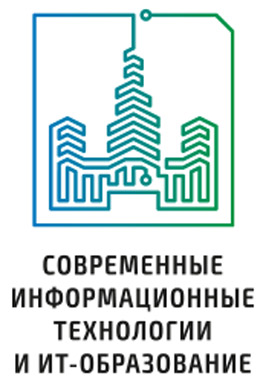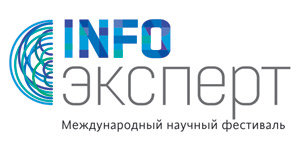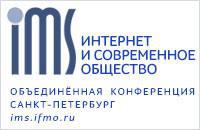МУЛЬТИЭВРИСТИЧЕСКИЙ ПОДХОД К СРАВНЕНИЮ КАЧЕСТВА ОПРЕДЕЛЯЕМЫХ МЕТРИК НА МНОЖЕСТВЕ ПОСЛЕДОВАТЕЛЬНОСТЕЙ ДНК
Аннотация
В настоящей статье анализируется несколько метрик, определяющих различия в последовательностях ДНК разных видов. Рассматриваются несколько стандартных метрик, а также модификация оригинальной авторской метрики, предыдущие версии которой рассматривались в наших прежних публикациях. При определении качества метрик мы исходим из предположения о том, что для любых трёх далёких видов вычисляемые по этой метрике расстояния между ними должны образовывать треугольник, близкий к равнобедренному остроугольному. Мы считаем несколько вариантов отклонения треугольника от равнобедренного остроугольного, после чего считаем сумму таких отклонений для всех получающихся треугольников. На основании проведённых подсчётов делаем вывод о качестве первоначальных метрик. После этих вычислений применяем полученную методику к рассмотрению этих же метрик для близких видов (человекообразных обезьян и человека) - и на этих близких видах получаем немного иные результаты сравнительного анализа рассматриваемых метрик.
Литература
2. Toppi, J., De VicoFallani, F.,Petti, M., Veссhiato, G., Maglione, A. G., Cincotti, F., Salinari, S., Mattia, D., Babiloni, F., Astolfi, L. (2013), “A new statistical approach for the extraction of adjacency matrix from effective connectivity networks”, “IEEE Engineering in Medicine and Biology Society (EMBC)”, No 3-7, pp. 2932-2935.
3. Torshin, I. Yu. (2006), “Bioinformatics in the Post-Genomic Era: The Role of Biophysics”, Nova Biomedical Books, NY,ISBN 1-60021-048-1.
4. Winkler, W. E. (1990), String Comparator Metrics and Enhanced Decision Rules in the Fellegi-Sunter Model of Record Linkage, Proceedings of the Survey Research Methods Sections, American Statistical Association, pp. 354-359.
5. Van der Loo, M. P. J. (2014), “The Stringdist Package for Approximate String Matching”,The R Journal, vol. 6, pp. 111-122.
6. Pages, H., Aboyoun, P., Gentleman, R., DebRaoy, S. (2009), “Biostrings: String Objects Representing Biological Sequences and Matching Algorithms”, R package version 2.10.1.
7. Morgan, M., Lawrence, M. (2009), “ShortRead: Base classes and methods for high-throughput short-read sequencing data”, R package version 1.0.6.
8. Melnikov, B. F., (2006) “Multiheuristic approach to discrete optimization problems”, Cybernetics and Systems Analysis, No. 3, pp. 335-341.
9. Melnikov, B.F. (2005), “Discrete optimization problems some new heuristic approaches”, Proceedings – Eighth International Conference on High-Performance Computing in Asia-Pacific Region, HPC Asia 2005 8th International Conference on High-Performance Computing in Asia-Pacific Region, China Computer Federation, Beijing, pp. 73-80.
10. Makarkin, S., Melnikov, B., PaninА. (2013), “On the metaheuristics approach to the problem of genetic sequence comparison and its parallel implementation”, Applied Mathematics (Scientific Research Publishing), Vol. 04, No. 10, pp. 35-39.
11. Eckes, B.,Nischt, R.,Krieg, T. (2010), “Cell-matrix interactions in dermal repair and scarring”, Fibrogenesis Tissue Repair., No. 3:4, doi:10.1186/1755-1536-3-4.
12. Carr R.W., HennessyJ. L., (1981),“WSCLOCK – a simple and effective algorithm for virtual memory management”, SOSP '81 Proceedings of the eighth ACM symposium on Operating systems principles, pp. 87-95.
13. Melnikov, B.F. (2001), “Heuristics in programming of nondeterministic games”, Programming and Computer Software., No. 5, pp. 277-288.
14. Melnikov, B., Radionov, A.,Moseev, A.,Melnikova, E., (2006),“Some specific heuristics for situation clustering problems”, ICSOFT, Technologies, Proceedings 1st International Conference on Software and Data Technologies, pp. 272-279.
15. Foley, J. (2011),”Fossil Hominids: mitochondrial DNA”, available at: http://www.talkorigins.org/faqs/homs/mtDNA.html
16. Frans, B. M., (1997), “Bonobo: The Forgotten Ape”, University of California Press, ISBN 0-520-20535-9; trade paperback, October, 1998, pp. 224.
17. Popkov , Y. S. (1995), “Substantiation of the entropy maximization method for problems of image restoration from projections”, Automation and Remote Control, 56:1, pp. 77-82.
18. (2014) NCBI:nucleotidedatabase,availableat:http://www.ncbi.nlm.nih.gov/nuccore.
19. Makarrin, S., Melnikov, B., (2013), “Geometricheskie metodi reshenia psevdogeometricheskoi versii zadachi kommiviashera”, Stohasticheskaia optimizacia v informatike, Т. 9., № 2., pp. 54-72.
20. Midwood, K. S., Williams, L. V., Schwarzbauer, J. E. (2004), “Tissue repair and the dynamics of the extracellular matrix”, The International Journal of Biochemistry & Cell Biology, Vol. 36, Issue 6, pp. 1031–1037
21. Shao, M., Lin, Y., Moret, B. , (2014), “An Exact Algorithm to Compute the DCJ Distance for Genomes with Duplicate Genes”, Research in Computational Molecular Biology, Lecture Notes in Computer Science Volume 8394, pp. 280-292.

Это произведение доступно по лицензии Creative Commons «Attribution» («Атрибуция») 4.0 Всемирная.
Редакционная политика журнала основывается на традиционных этических принципах российской научной периодики и строится с учетом этических норм работы редакторов и издателей, закрепленных в Кодексе поведения и руководящих принципах наилучшей практики для редактора журнала (Code of Conduct and Best Practice Guidelines for Journal Editors) и Кодексе поведения для издателя журнала (Code of Conduct for Journal Publishers), разработанных Комитетом по публикационной этике - Committee on Publication Ethics (COPE). В процессе издательской деятельности редколлегия журнала руководствуется международными правилами охраны авторского права, нормами действующего законодательства РФ, международными издательскими стандартами и обязательной ссылке на первоисточник.
Журнал позволяет авторам сохранять авторское право без ограничений. Журнал позволяет авторам сохранить права на публикацию без ограничений.
Издательская политика в области авторского права и архивирования определяются «зеленым цветом» в базе данных SHERPA/RoMEO.
Все статьи распространяются на условиях лицензии Creative Commons «Attribution» («Атрибуция») 4.0 Всемирная, которая позволяет другим использовать, распространять, дополнять эту работу с обязательной ссылкой на оригинальную работу и публикацию в этом журналe.
